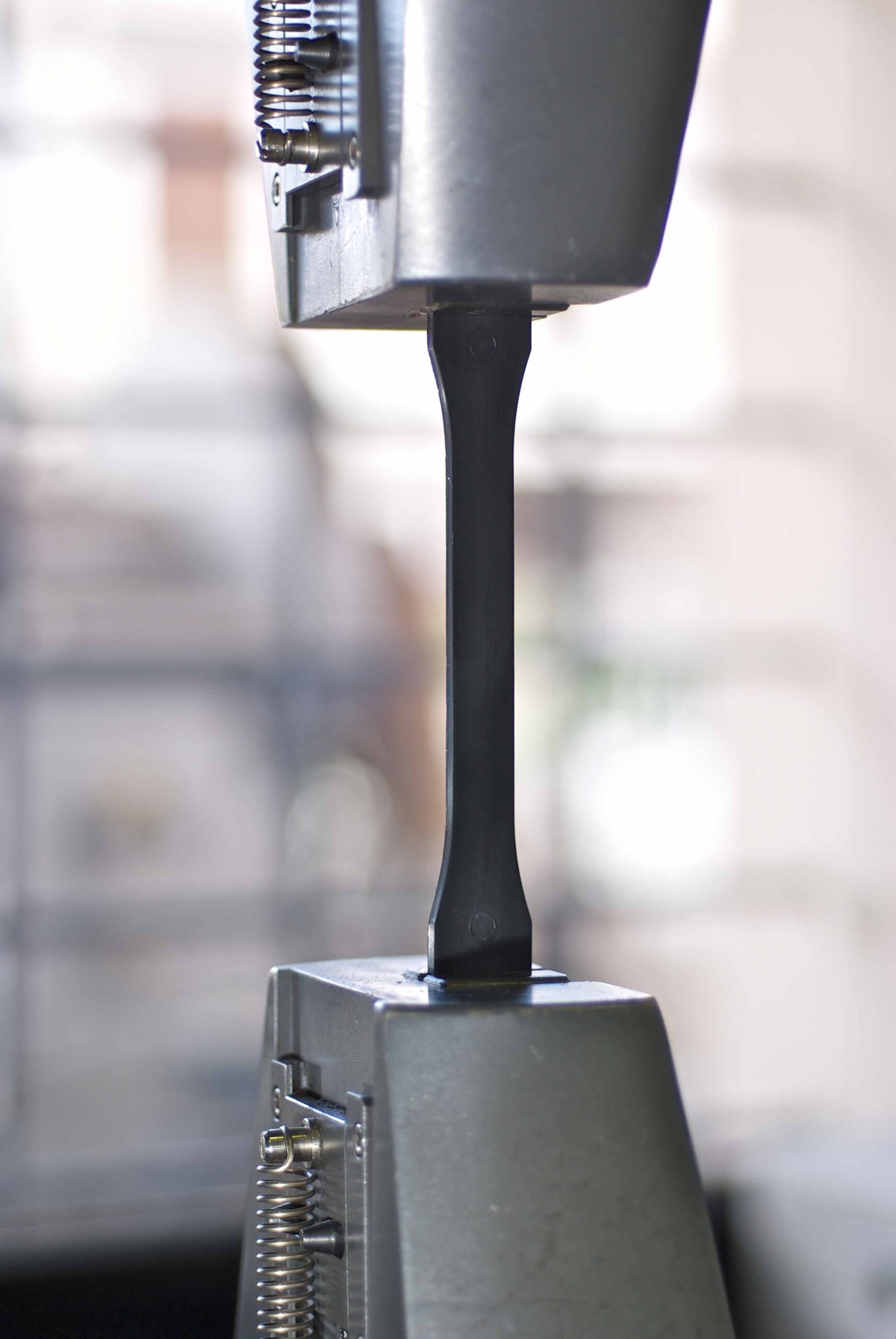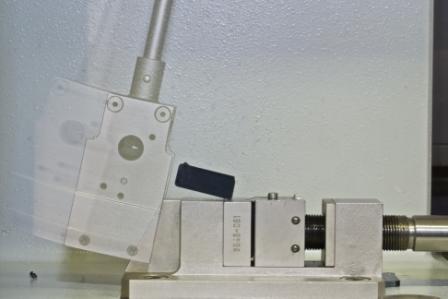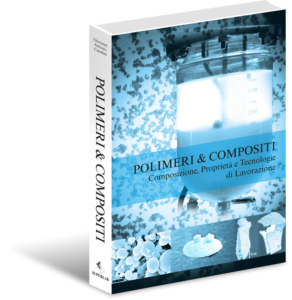SUPERLAB EQUIPMENT

TENSILE PROPERTIES AT TEMPERATURES FROM -70 TO + 300 °C
Tensile properties according to ISO 527 – ASTM D 638
Tensile properties are the most important and simple indication of a material’s strength and can be measured from -70 to +300 °C.
The determination requires recording the stress-strain curve of the specimens when they are subjected to traction, with a testing machine (dynamometer), along their longitudinal axis until failure.
FLEXURAL PROPERTIES IN TEMPERATURES FROM -70 TO + 300 °C

Flexural properties according to ISO 178 – ASTM D 790
Flexural properties measure a material’s ability to be bent ( i.e. the stiffness of a material). The determination requires the application of a load, with a specified speed, to the center of a specimen, positioned flat as a simple beam on two supports and the recording of the load-displacement curve.COMPRESSION PROPERTIES according to ISO 604 – ASTM D 695
The evaluation of the behavior of a material subjected to compression is a very useful indication for comparing different types of polymers and can be carried out from -70 to +300 °C.
TRACTION SET TRACTION SET according to ASTM D 412
This mechanical evaluation is typical of thermoplastic elastomers and/or rubbers. It determines the permanent deformation of a specimen, which is generally obtained from flat areas and/or sheets of a certain thickness, subjected to a certain tensile deformation for a certain time and subsequently left to relax for defined times.
C.O.F. COEFFICIENT OF FRICTION
Friction coefficient according to ISO 8295 – ASTM D 1894.
The determination of the static and dynamic friction coefficient is important for plastic films intended for printing.
IZOD IMPACT RESISTANCE UP TO -30 °C

IZOD impact resistance according to ISO 180 – ASTM D 256
The IZOD impact resistance value is useful in comparing various types or classes of plastic materials. When comparing one type of plastic material with another, however, the IZOD impact test should not be considered a reliable indicator of overall toughness or impact resistance.CHARPY IMPACT RESISTANCE UP TO -30 °C
CHARPY impact resistance according to ISO 179 – ASTM D 6110
This type of evaluation, which is conducted on the same testing machine (Pendulum), differs from the IZOD impact resistance due to the different dimensions of the specimen to be used, the different type of support and the different shape of the part of the hammer which hits the test piece.
SHORE HARDNESS A-D
SHORE A-D hardness according to ISO 868 – ASTM D 2240
Hardness tests constitute the most important indication of the resistance of the plastic material to penetration by an indenter with a pre-established shape.]
ROCKWELL HARDNESS
ROCKWELL hardness according to ISO 2039
Hardness tests constitute the most important indication of the resistance of the plastic material to penetration by an indenter with a pre-established shape.]
.
BALL INDENTATION
Ball indentation according to ISO 2039
Hardness tests are the most important indication of the resistance of the plastic material to penetration by an indenter of a pre-established shape.
SCRATCH RESISTANCE
It is a test that evaluates the surface performance of a material and can be conducted both on specimens and on products to evaluate the ease of a polymer being scratched by foreign bodies with which it comes into contact.
“POLYMERS & COMPOSITES”
The educational contribution that cannot be missing in the daily practice of professionals who in various capacities operate in the plastics sector.
The work tells about the world of polymers, the way of producing them and qualifying them, with the ambition of encouraging the development of applications according to the expected performance expectations.
You can learn how to intervene on polymer matrices to adapt them to transformation technologies, with the aim of obtaining qualitatively and commercially competitive products, imposing adequate attention to the effects on the environment in the formulation interventions, while trying at the same time to transfer knowledge and affection for polymeric materials.

